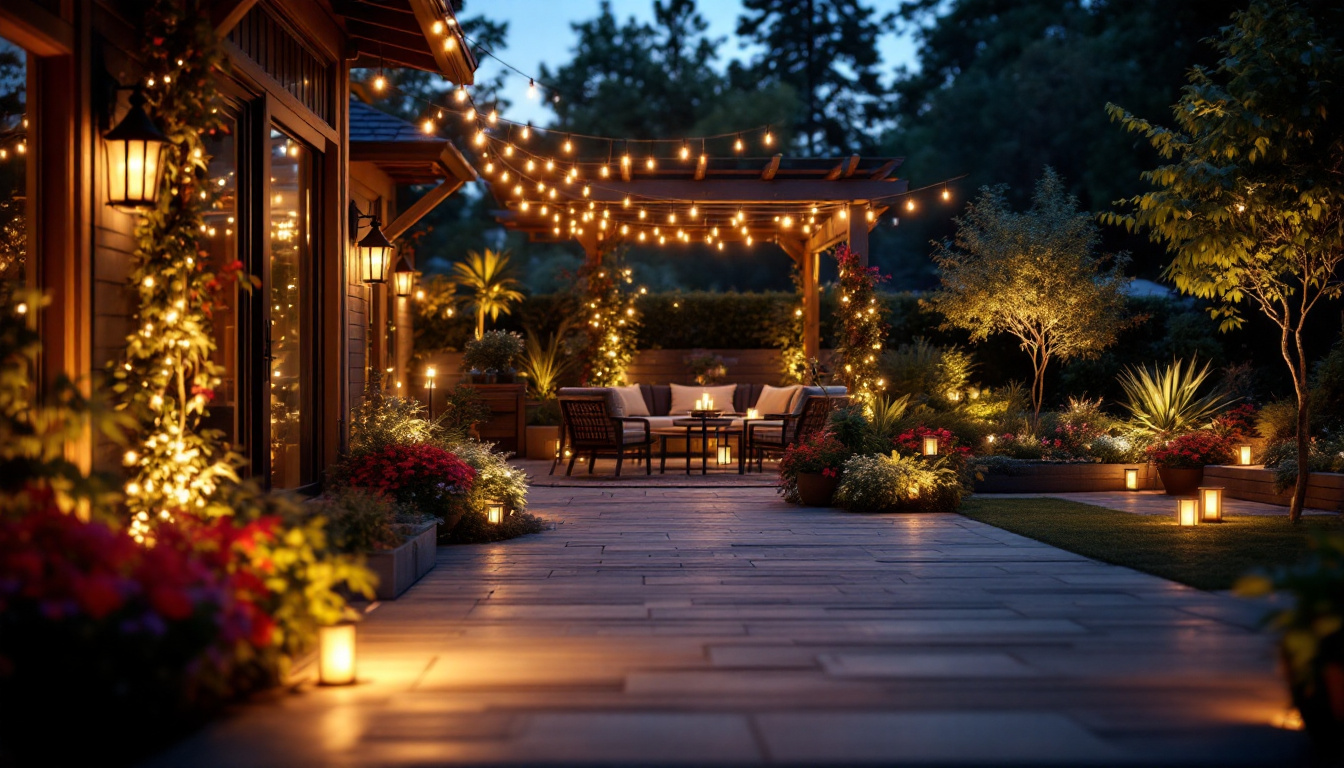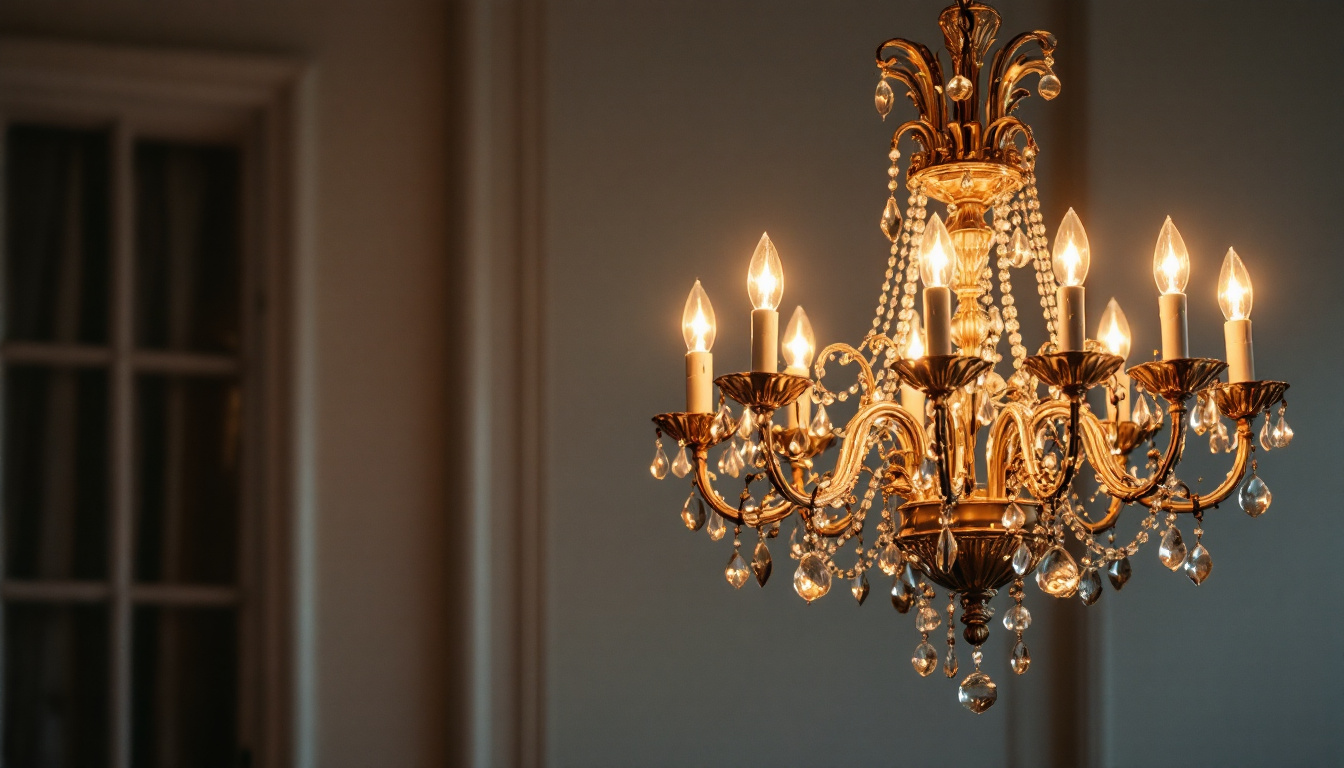

As a lighting contractor, understanding the nuances of outdoor garage door lighting is essential. This guide aims to illuminate the common pitfalls and best practices associated with this critical aspect of outdoor lighting design.
Outdoor garage door lighting serves multiple purposes, from enhancing aesthetics to providing safety and security. Proper lighting can significantly improve the curb appeal of a home, making it more inviting and visually appealing. Moreover, well-placed lights can deter potential intruders, making it a vital component in home security. The right lighting not only highlights architectural features but also creates a warm and welcoming atmosphere, particularly in the evening when the home is illuminated against the night sky.
In addition to safety and aesthetics, effective garage door lighting can also enhance functionality. Homeowners often use their garages for various activities, from parking vehicles to storage and even workshops. Adequate lighting ensures that these tasks can be performed safely and efficiently, particularly during nighttime or in low-light conditions. For example, a well-lit garage allows for easier access to tools and equipment, reducing the risk of accidents and injuries. Furthermore, it can make everyday tasks like unloading groceries or organizing seasonal decorations much more manageable.
There are several types of lighting options available for garage doors, each with its unique features and benefits. Understanding these options can help contractors make informed recommendations to their clients. The choice of lighting can also reflect the homeowner’s personal style and the overall design of the property, making it essential to consider both functionality and aesthetics.
While selecting the right fixtures is important, several common pitfalls can undermine the effectiveness of garage door lighting. Awareness of these issues can help contractors avoid costly mistakes.
One of the most frequent mistakes is underestimating the brightness required for effective illumination. Insufficient lighting can create dark spots, making it difficult for homeowners to navigate their driveways or access their garages safely. When designing a lighting plan, it is crucial to consider the lumen output of the fixtures and ensure that they provide adequate coverage.
Contractors should also take into account the color temperature of the lights. Warmer tones (2700K to 3000K) can create a welcoming atmosphere, while cooler tones (4000K to 5000K) offer a more clinical feel. The choice of color temperature can significantly affect the overall ambiance of the space. Moreover, it’s worth noting that different activities might require varying levels of brightness; for example, a garage used primarily for parking may need less light than one used as a workshop or storage area, where detailed tasks are performed.
Another common pitfall is the improper placement of lighting fixtures. Lights that are too high or too low can lead to uneven lighting and shadows. For instance, wall-mounted fixtures should be positioned at eye level to ensure optimal illumination without creating glare.
Additionally, contractors should consider the angle of the lights. Fixtures that are directed towards the garage door should provide enough light to illuminate the entrance without causing discomfort to drivers or pedestrians. A well-thought-out placement strategy can enhance both safety and aesthetics. Furthermore, the use of motion sensors can be beneficial; they not only provide convenience by activating lights when someone approaches but also help conserve energy by ensuring that lights are only on when needed. Incorporating these smart features into the lighting design can elevate the functionality and efficiency of garage door lighting significantly.
To avoid the pitfalls mentioned above, contractors should adhere to best practices when designing garage door lighting systems. These practices can help ensure that the lighting is both functional and visually appealing.
Before selecting fixtures, it is essential to conduct a thorough lighting assessment of the area. This assessment should include an evaluation of the existing light sources, the layout of the driveway, and any potential obstacles that could obstruct light. By understanding the specific needs of the space, contractors can make more informed decisions about fixture types and placements.
Additionally, consider the surrounding landscape. Trees, shrubs, and other elements can impact how light is distributed. A comprehensive assessment will help identify these factors and allow for adjustments to the lighting plan as needed. For instance, if there are large trees that cast shadows during certain times of the day, it may be necessary to position lights at angles that counteract these shadows, ensuring a well-lit area at all times. Furthermore, assessing the local climate can also influence the choice of fixtures, as certain materials may withstand outdoor conditions better than others.
Layered lighting is an effective strategy that combines different types of lighting to create a more dynamic and functional space. For garage door areas, this could involve a mix of ambient, task, and accent lighting. Ambient lighting provides general illumination, while task lighting focuses on specific areas, such as the garage entrance.
Accent lighting can be used to highlight architectural features or landscaping, adding visual interest and depth to the overall design. By incorporating these different layers, contractors can create a more inviting and functional outdoor space. For example, using wall-mounted sconces near the garage door can enhance safety while also complementing the home’s exterior design. Additionally, integrating motion sensor lights can provide an extra layer of security, illuminating the area as soon as someone approaches, which is particularly beneficial for homes in darker, more secluded neighborhoods. This thoughtful combination of lighting types not only enhances usability but also contributes to the overall aesthetic appeal of the property.
In today’s environmentally conscious market, energy efficiency is a significant consideration for homeowners. As a lighting contractor, recommending energy-efficient solutions can enhance the value of your services.
LED lights have revolutionized the lighting industry with their energy efficiency and longevity. Unlike traditional incandescent bulbs, LEDs consume significantly less energy and last much longer, making them a cost-effective choice for homeowners.
Moreover, LEDs are available in various color temperatures and styles, allowing for flexibility in design. By promoting the use of LED technology, contractors can help homeowners reduce their energy bills while also contributing to a more sustainable future.
Integrating smart lighting solutions into garage door lighting can further enhance energy efficiency. Smart lights can be programmed to turn on or off based on specific schedules or triggered by motion sensors. This not only conserves energy but also provides added convenience for homeowners.
Additionally, smart lighting systems can often be controlled remotely via smartphone apps, allowing homeowners to manage their outdoor lighting from anywhere. This feature can be particularly appealing for those who travel frequently or want to enhance their home security.
Once the garage door lighting system is installed, ongoing maintenance is crucial to ensure its longevity and effectiveness. Contractors should provide homeowners with guidance on how to maintain their lighting systems.
Outdoor fixtures are exposed to the elements, which can lead to dirt and debris buildup. Regular cleaning of the fixtures is essential to maintain optimal brightness and appearance. Homeowners should be advised to clean the lenses and surfaces periodically to remove any grime that may obstruct light.
In addition to cleaning, regular inspections should be conducted to identify any potential issues. This includes checking for burned-out bulbs, damaged wiring, or corrosion. Early detection of these problems can prevent more significant issues down the line.
Seasonal changes can impact the effectiveness of outdoor lighting. For instance, during winter, snow accumulation can obstruct light, while summer foliage can create shadows. Contractors should recommend that homeowners adjust their lighting systems seasonally to ensure optimal performance throughout the year.
This might involve repositioning fixtures, changing bulb types, or even adding additional lighting to accommodate seasonal changes. By proactively addressing these factors, homeowners can maintain a safe and welcoming environment year-round.
Outdoor garage door lighting is a critical aspect of home design that requires careful consideration and planning. By understanding the importance of lighting, avoiding common pitfalls, and adhering to best practices, lighting contractors can create effective and aesthetically pleasing solutions for their clients.
Incorporating energy-efficient technologies and providing maintenance tips will not only enhance the value of the services offered but also contribute to a more sustainable future. By staying informed about the latest trends and technologies in outdoor lighting, contractors can continue to meet the evolving needs of homeowners and ensure their projects shine brightly.
Ready to elevate your lighting projects with the best in spec-grade lighting products? Look no further than LumenWholesale, where we provide contractors with exceptional quality at wholesale prices that can’t be beaten. Our extensive selection is designed to meet the highest industry standards, ensuring that every outdoor garage door lighting solution you install is reliable and high-performing. Plus, with the convenience of free shipping on bulk orders, you can get premium lighting at the best value — without any hidden fees. Make the smart choice for your business and explore our wholesale lighting options today, where quality, affordability, and convenience come together seamlessly.

Discover the transformative power of outdoor solar lighting and why it’s essential for lighting contractors to stay ahead.

Discover the essential insights every lighting contractor needs to know about outdoor LED lights.

Discover the essential insights lighting contractors need to know about chandelier lights.

Discover why lighting contractors are turning to high bay LED lights with 30,000 lumens for superior illumination.
Get notified when NEW deals are released.
Optimize your budget with wholesale discounts.
Only top-quality, specification-grade lighting products.
No additional costs at checkout - what you see is what you pay.
We understand the unique needs of contractors.